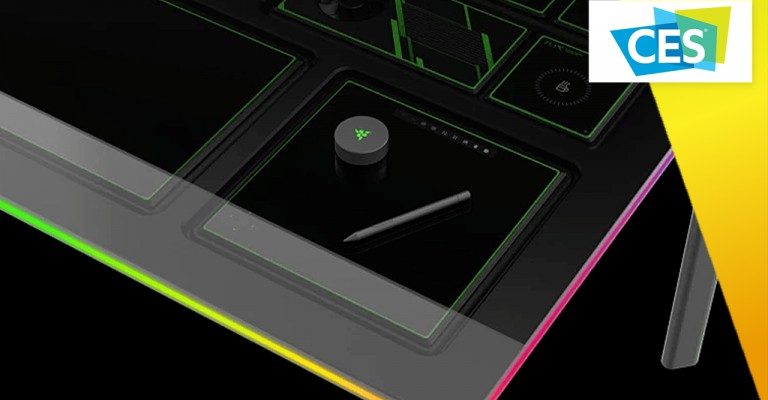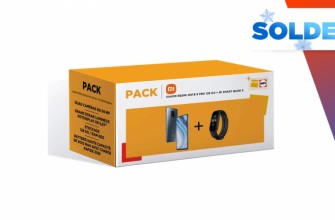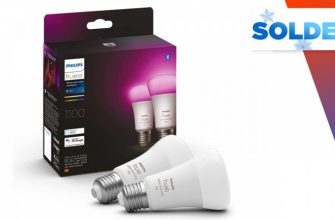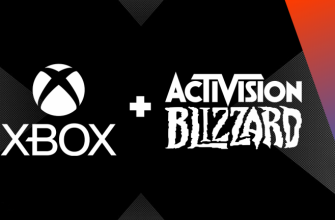It was the surprise announcement of the show: Sony has unveiled its next virtual reality headset, the Playstation VR 2. If we knew that the giant was preparing something on the side of VR, it is clear that the Japanese firm has seen things big for its next project. The helmet should thus carry an OLED screen offering at the same time a resolution in 4K, with a refresh rate of up to 120 Hertz and a field of vision that reaches 110 degrees. Largely more evolved than its predecessor, this new headset will no longer need the Playstation Camera since it will contain several cameras on board allowing precise tracking of movements. A technology already present on the side of the Oculus Quest 2, which Sony intends to compete with this new product.
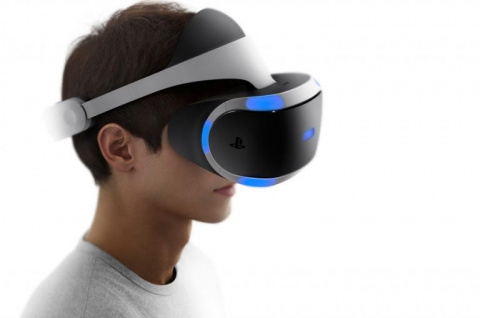
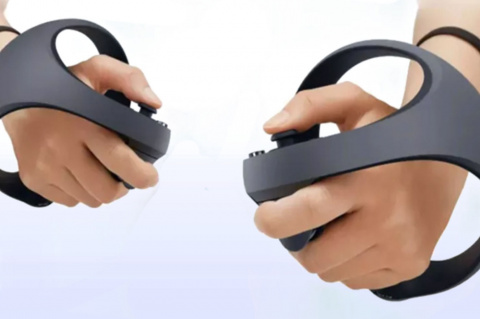
The real element that will undoubtedly allow Sony to stand out from its peers, it is the gaze tracking system, which will not only offer an incredible level of immersion but also an impeccable display whatever the movements of the players. The headset is obviously accompanied by controllers, the Sense Controllers, which contain the same technology as the Dual Sense, namely haptic feedback and adaptive triggers. Finally, Sony understands that this headset would be nothing without a catalog of attractive games. Horizon: Call of the Mountain was therefore announced immediately, and thus demonstrates the firm’s desire to offer strong gaming experiences.
Despite the health crisis, the show took place throughout the week. Nevertheless, we must admit that the show was not really there when most of the big players in the tech were not present, at least physically. The event started, as usual, with the hardware giants, namely AMD and Nvidia. AMD has logically presented its new Ryzen 6000 processors which occupied most of this conference. Only intended for laptops, these processors will be followed during the year by the even more powerful Ryzen 7000. Alongside its new chips, the manufacturer also presented its latest graphics cards, the Radeon 6000S, also exclusively intended for the laptop market.
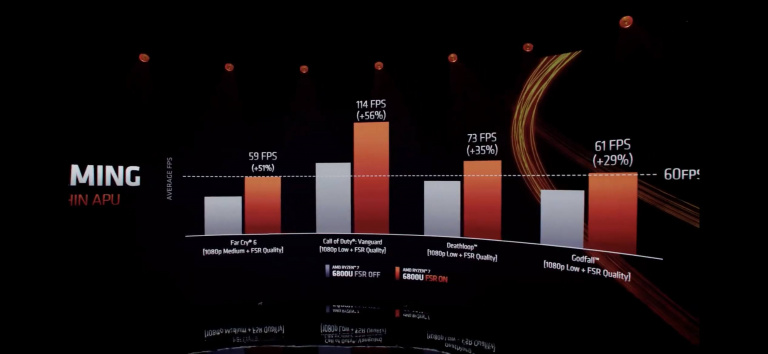
For their part, Nvidia provided an even leaner show than that of their direct competitor. Major information concerns the RTX 3090 Ti, a power monster aimed primarily at professionals. In the exact opposite, Nvidia also presented the RTX 3050, this time aimed at desktop PCs since the model is already available for laptops. Finally, the company announced the imminent arrival of laptops with RTX 3080 Ti and 3070 Ti, which will be entitled to GDDR6 video memory, the fastest ever offered for laptops.. The first models equipped with these novelties will be marketed around 1,500 euros, a very correct sum in view of the proposed configuration.
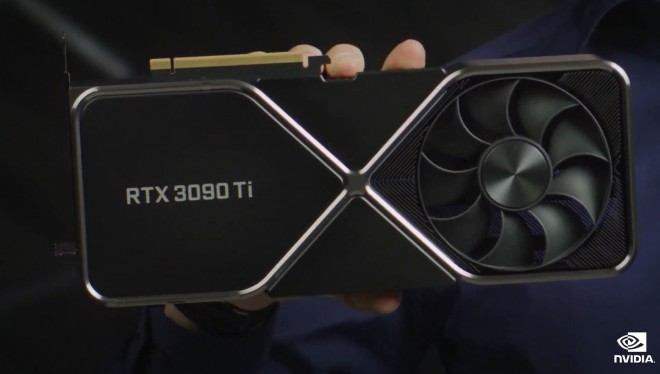
Moreover, we will first remember the real innovation of folding screen laptops. The technology on board the Galaxy Fold, Samsung’s foldable smartphone, will soon be available for laptops which will then be flexible as you wish. The first manufacturer to shed light on this breakthrough is Asus with its Zenbook 17 Fold OLED. The demonstration remains quite unique, and such a screen will allow you to use your computer in many ways, for a very substantial sum since the prices should reach 4000 euros. Alongside Asus, Samsung will also launch its foldable screen PC with the Flex Note.
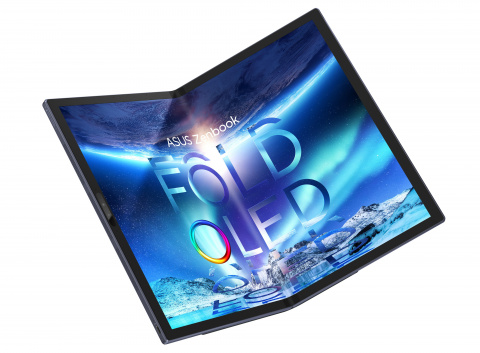
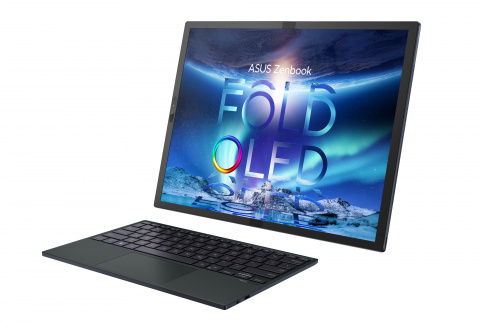
We are also continuing with Samsung and its completely extraordinary screen, the Odyssey Arc. As big as a living room TV, this curved 55-inch screen features the manufacturer’s latest QD-OLED panels.. What’s more, it is swivel and allows you to enjoy its display quality in portrait mode. A luxury that promises to be too expensive, but which should offer a most striking gaming experience. No specific release date has been given, but this giant screen is expected to hit the market during the year.
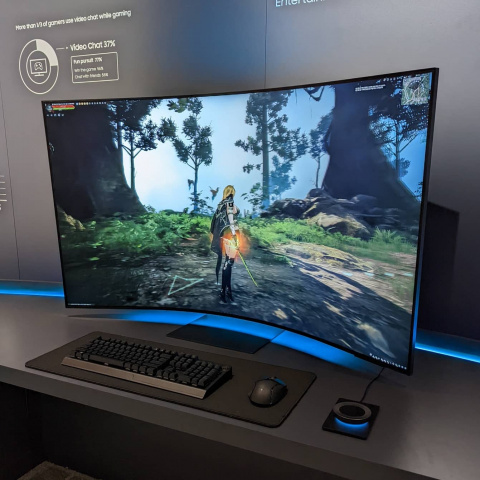
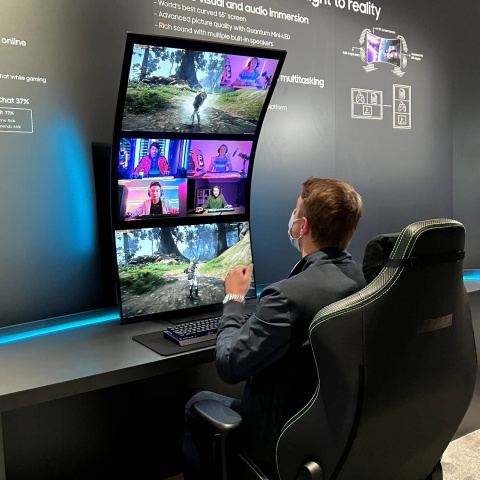
Finally, we end with Razer and its Gamer Desktop of the Future. Called Project Sophia, this office has a ton of touch modules, capable of displaying dozens of information and fully customizable.. Connected to your computer, Project Sophia will be able in particular to communicate to you information on your hardware such as the temperature of your graphics card, but also to offer you tools that can be useful depending on your use, such as a virtual mixer for streaming. Very focused on the ostentatious, Razer also promises an integrated cup heater, several USB hubs, large RGB bands as well as a … 65-inch OLED screen. A disconcerting project to say the least which remains for the moment in the state of concept.
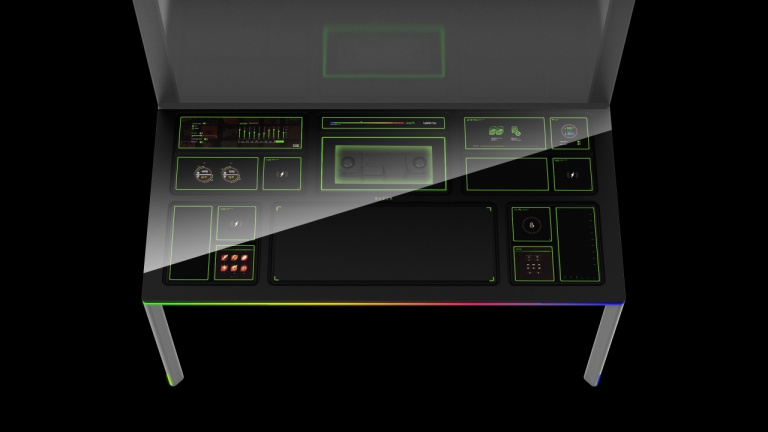
Here is the essence of this CES 2024. A somewhat disappointing fair, during which some products were presented which had the merit of arousing our curiosity. We nevertheless hope that the 2024 edition will be able to take place under better conditions. In the meantime, more information about these announcements is already available on JV.

